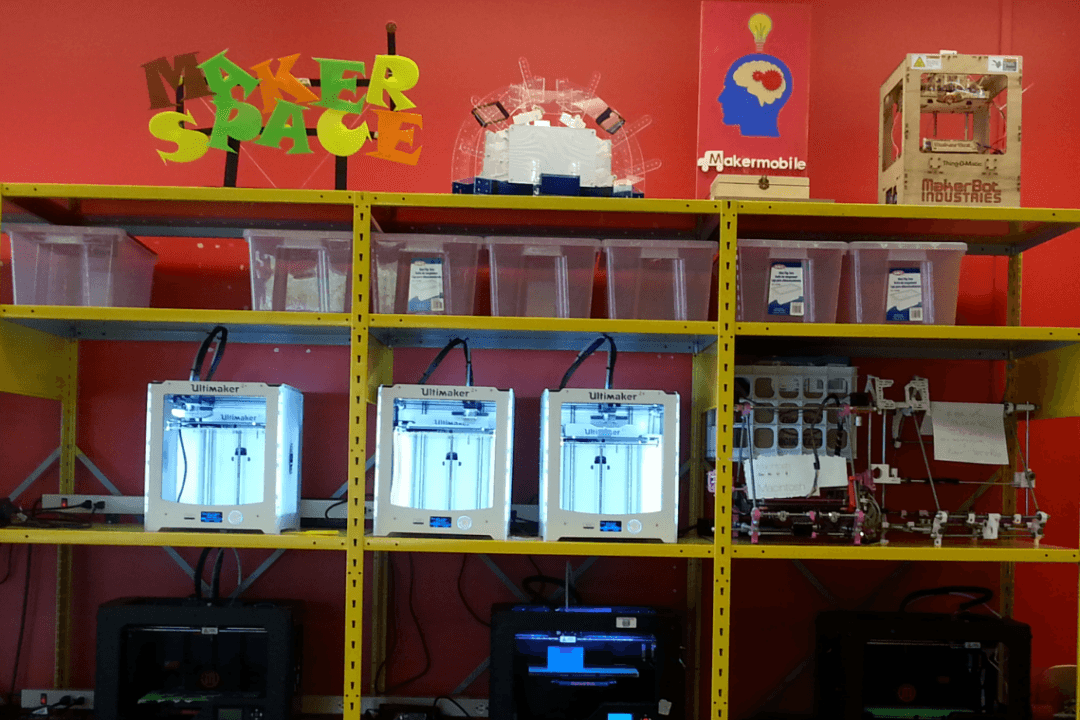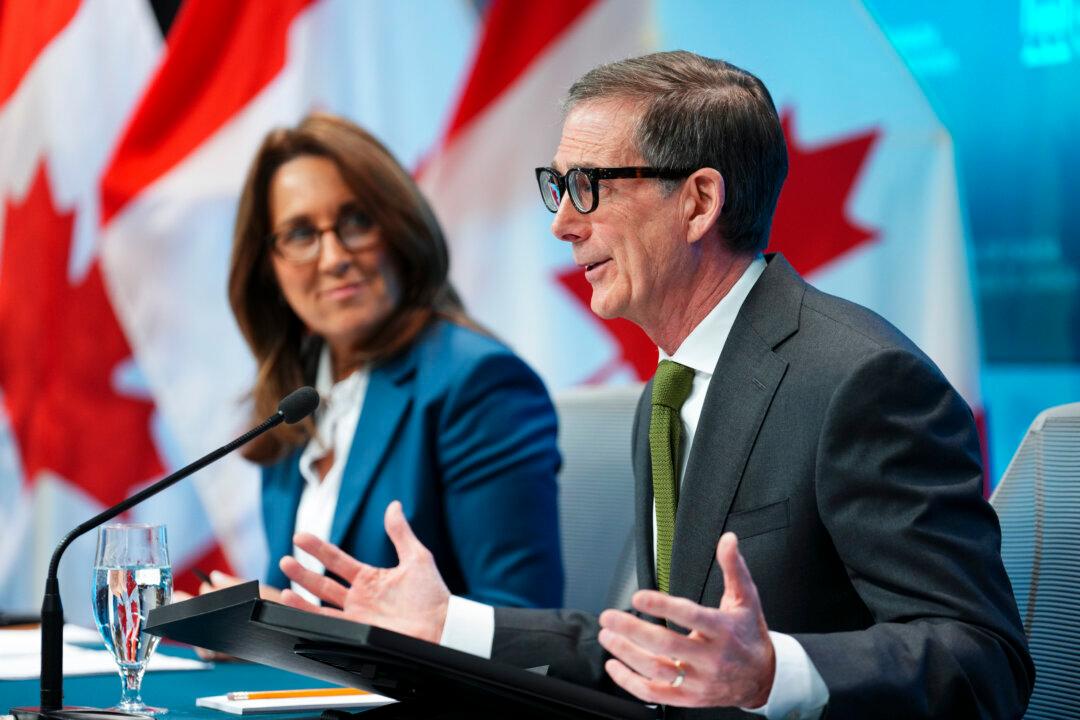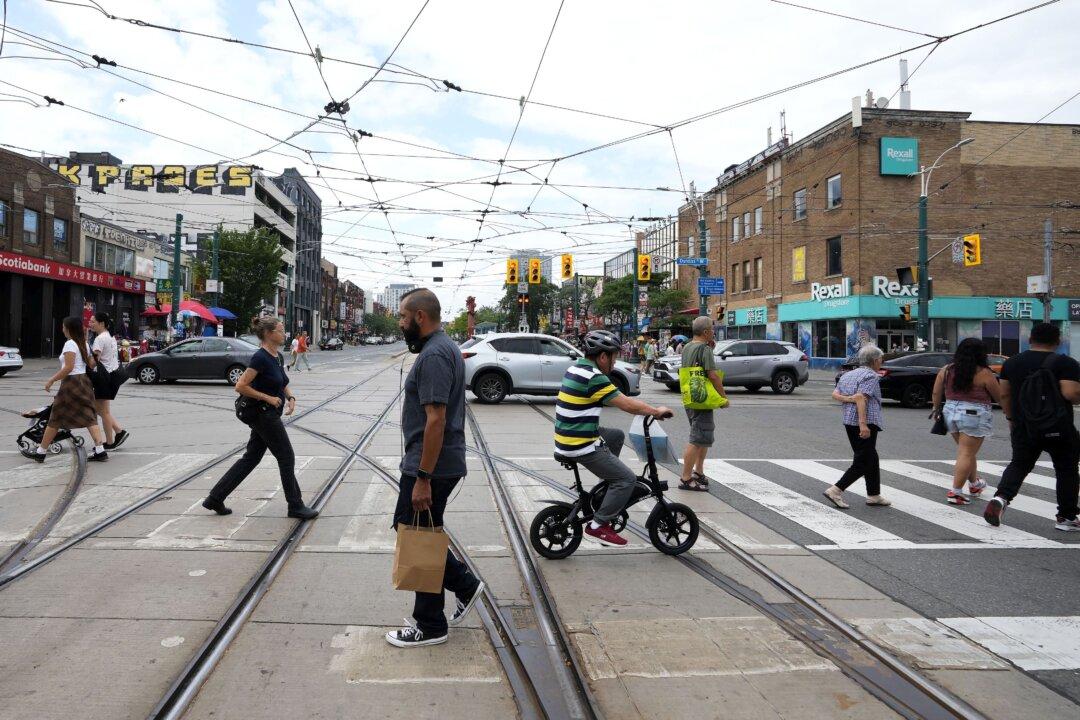Makerspaces are like super-garages providing room to tinker, create, and build for the masses. The “maker movement” is in its infancy in Canada, and there is potential for boosting innovation and the economy. But for now, people mostly want to be part of a community of builders and creators—the so-called makers.
The maker movement began in the U.S. in 2005 and has risen to national attention. In 2014, the White House hosted its first “maker faire,” where people of all ages came to show what they’ve built and learned in doing so. Universities and colleges co-signed a letter to President Obama pledging to help grow the maker movement following the wishes of the White House.
“The maker movement is all about cooperation and openness, and helping each other and learning from each other,” University of Ottawa engineering professor Hanan Anis tells Epoch Times. Anis runs the university’s makerspace.
Innovation with hardware is expensive and difficult. Unlike software, which can be copied easily, hardware cannot. Manufacturing hardware requires a lot more space and specialized tools. It’s not like sitting with a laptop and programming.
Makerspaces Critical for Advancing Hardware Innovation, Learning
Grassroots maker movement goes far beyond commercial intentions
Makerspaces are like super-garages providing the masses room to tinker, create, and build.

White and black 3-D printers at the University of Ottawa makerspace. Meika Ellis

Rahul Vaidyanath
Journalist
|Updated:
Makerspaces have much bigger value to society beyond entrepreneurship.
, University of Ottawa
Rahul Vaidyanath is a journalist with The Epoch Times in Ottawa. His areas of expertise include the economy, financial markets, China, and national defence and security. He has worked for the Bank of Canada, Canada Mortgage and Housing Corp., and investment banks in Toronto, New York, and Los Angeles.
Author’s Selected Articles



